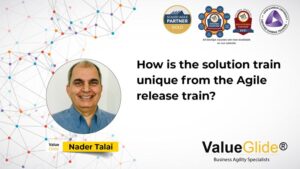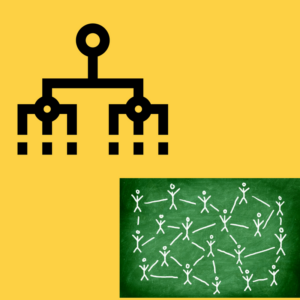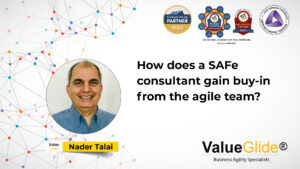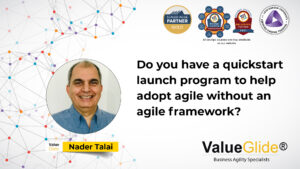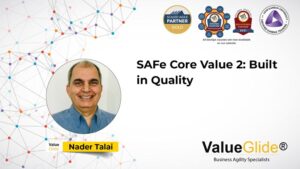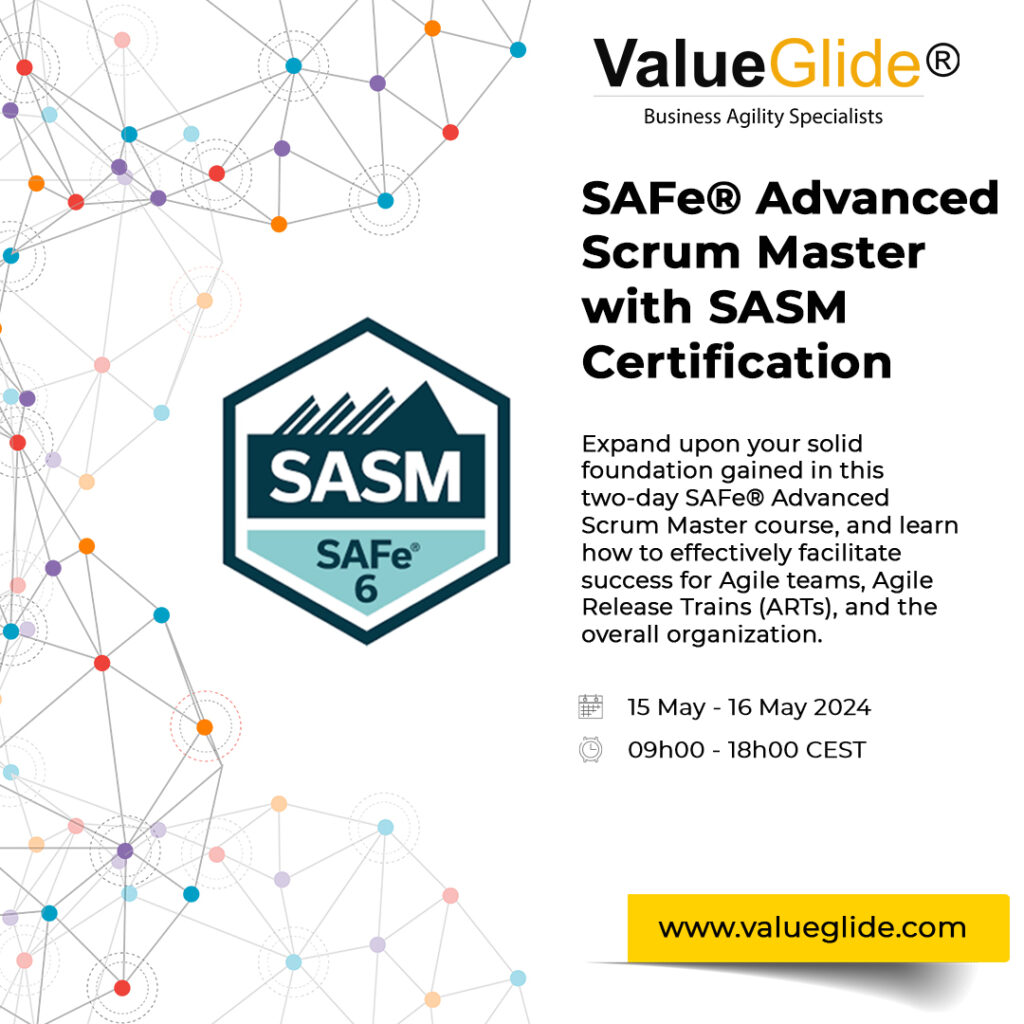Holistic perspectives: Series 1
These series of articles might create some controversies among the agile fraternity. But I still attempt to express my views on this so that it might benefit the same fraternity and/or the leaders who are in the need for bringing change or transformation in their organizations.
In this Series 1, let’s do a deep dive into the agile manifesto [1] values and compare them with SAFe.
Even the basic configuration of SAFe i.e., Essential SAFe big picture looks bulky at the outright showcasing the different roles involved, frameworks like Scrum, XP, Kanban, core competencies. So, this gives an illusion that SAFe is process heavy. In fact, the foundational unit in SAFe is the agile team, with the option to use Scrum, XP, Scrum with XP or Kanban [2]. SAFe also adds additional interaction events to ensure collaboration happens across the teams and not just within them building a team of agile teams that are aligned on a common goal and work with a synchronised cadence.

The Agile Release Train [4] consisting of 50-125 people come together to get a shared understanding (i.e., alignment) and planning for the program execution once in 10 weeks for an event called PI planning. Of course, agile teams continue to collaborate with their 2 weeks Iterations (sprints).
The first pillar in SAFe house of Lean is “Respect for People and Culture [5]”
If the Individuals (Read as Leaders or Change agents or Decision makers to bring transformational changes in large enterprises comprising of thousands of people) and their interactions lead to start or experiment with SAFe as a Change framework [6], what’s wrong in it? Having worked in some large enterprises (for e.g., a European Conglomerate, an American Travel Technology provider & an American Retailer) I have observed that some Transformation or Change (agility) did take place, if not completely! Of course, Full SAFe is not implemented everywhere, however some best/emerging practices were borrowed from SAFe.
2. Working Software over Comprehensive Documentation
SAFe reiterates and uses working software as the measure of progress towards achieving the objectives.
3. Customer Collaboration over Contract Negotiation
SAFe supports and has built-in events to increase the Customer Collaboration.
The roles like Product Owner, Product and Solution Management along with the agile teams collaborate with the Customers [7] (both internal and external) to develop and deliver products or solutions.
Additionally, “SAFe Managed-Investment Contracts [3]” provides an approach to deal with how organisations engage suppliers which is more with agile ways of working.
4. Responding to Change over following a plan
One of the biggest discussions that I have encountered in LinkedIn posts is that how do SAFe deal with the changes in Business, as the common pattern for a PI (Program Increment) is a time box of 5 sprints (i.e., 10 weeks, close to a quarter?)
Ability to change when required is built-in SAFe this is balanced with the organisation’s need to run the business, we can not run a business with a vision, roadmap or a plan that is limited to two weeks. The ability to respond to change was best demonstrated by Scaled Agile inc in their response to the COVID-19 pandemic, being the earliest organisations to adapt to the change and create remote service offerings training, consulting and the European summit.
Want to learn more about SAFe, attend one of our training classes.
Click the link below to book you class.
{{cta(‘6ecb43bd-3e4a-482c-b822-f7fc48a3d1cf’)}}
Conclusions
The SAFe big picture and knowledge base of SAFe is a appears to be complicated, heavy weight and prescriptive in nature, hence some practitioners strongly feel SAFe is not truly agile. SAFe enables organisations to achieve the benefits of Lean-Agile software and systems development at scale. The guidance provided in SAFe is essential for organisations who want to adopt new ways of working to see how they can go about achieving the benefits of Lean-Agile ways of working.
Scale Agile Framework®, SAFe® are registered trademarks of Scaled Agile, Inc.
References:
1 https://agilemanifesto.org/
2 https://www.scaledagileframework.com/scrumxp/
3 https://www.scaledagileframework.com/agile-contracts/
4 https://www.scaledagileframework.com/agile-release-train/
5 https://www.scaledagileframework.com/lean-agile-mindset/
6 https://www.scaledagileframework.com/reaching-the-tipping-point/
7 https://www.scaledagileframework.com/customer-centricity/
8 https://www.scaledagileframework.com/program-increment/


